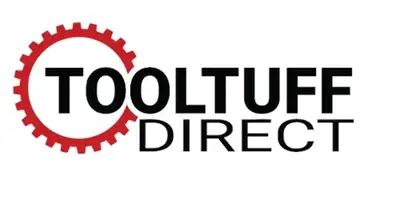Vacuum pumps are used to remove air from tanks or other enclosed spaces, creating either a partial or total vacuum. The aspirated gaseous molecules are then released into the ambient air or into another tank. These devices are used in many industrial sectors. The choice of vacuum pump is based on the type of application, vacuum level, and flow rate required.
Multistage roots pumps are compact and quiet, with low noise levels. They also have long service lives. Their disadvantages include high maintenance costs and low pumping performance near atmospheric pressure. The nozzles and pump shell are sealed. Compared to single stage pumps, these machines can achieve pressures as high as 0.2 hPa.
Scroll pumps are best suited for relatively clean vacuum applications. Claw pumps, on the other hand, are suitable for dirtier applications. They can be used in facilities that don’t require process cooling. Compared to rotary vane pumps, scroll pumps have a lower initial cost and require less maintenance. They are also compact and cost-efficient.
Vacuum pumps are widely used in electric power generation, sewage treatment, environmental protection, pharmaceuticals, and building materials. Roots vacuum pumps are particularly popular in certain countries and regions. They have been tested in various industries, including the chemical, textile, and metallurgy industries. These devices are highly effective in the maintenance of a vacuum.
Vacuum pumps operate on different principles, including gas transfer and entrapment. These principles are further divided into positive displacement and momentum transfer. At high pressures and medium vacuum, gas molecules are pushed and pulled towards each other. At higher vacuums, the gas molecules collide with each other, creating a transitional or molecular flow.
Rotary piston vacuum pumps work by creating low-pressure areas through a process called the Venturi effect. In this process, a fluid passes through the pump’s rotor, which narrows at the beginning of the intake stroke and expands at the end of the exhaust stroke. The air is then expelled from the second chamber, while the piston is forced backwards by the rotating rotor.
Vacuum pumps are usually integrated with other equipment or instruments. Among other things, they are used in environmental testing and process monitoring. They are also used in semiconductor manufacturing and laser etching equipment. In analytical instruments, they are used to remove environmental conditions, such as air and moisture, and ensure accurate results. A vacuum pump can also be used in semiconductor manufacturing.
Roots ECODRY series pumps are quiet and easy to use. These pumps are particularly suited for labs, where noise is not an issue. In addition to being quiet, Roots ECODRY pumps are also air-cooled and easy to use. They are easy to maintain and work efficiently in laboratory applications.
Wet vacuum pumps are usually cheaper than dry vacuum pumps. They also use oil for lubrication. Depending on the application, different types of oil are used. A wet pump’s auxiliary lubricating system also performs additional functions, such as contaminant filtration. One of the downsides of wet systems is the contact of the oil with the fluid, so oil separators are used to separate the fluid and oil.
